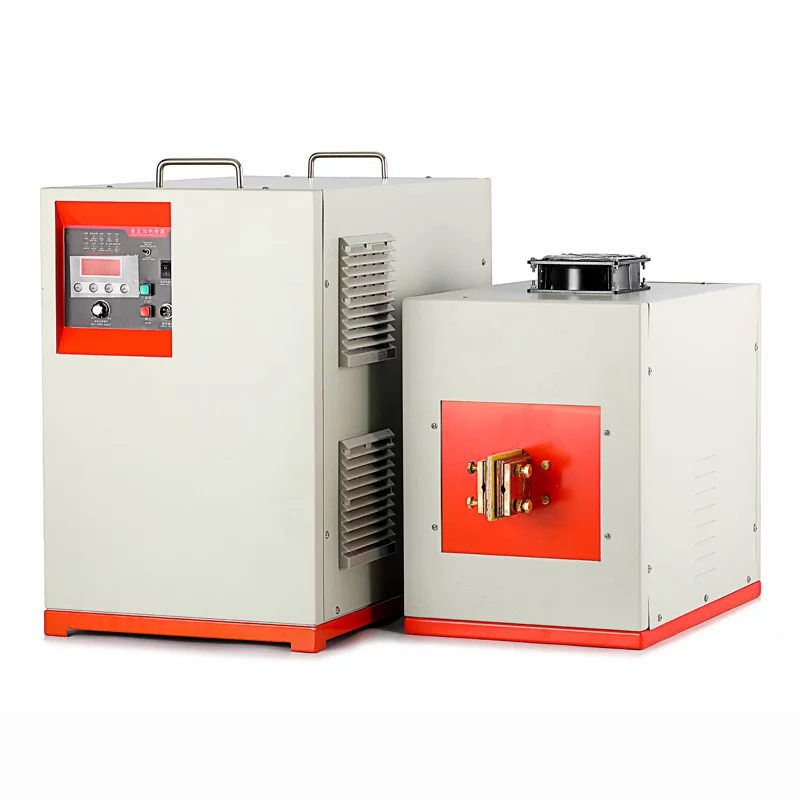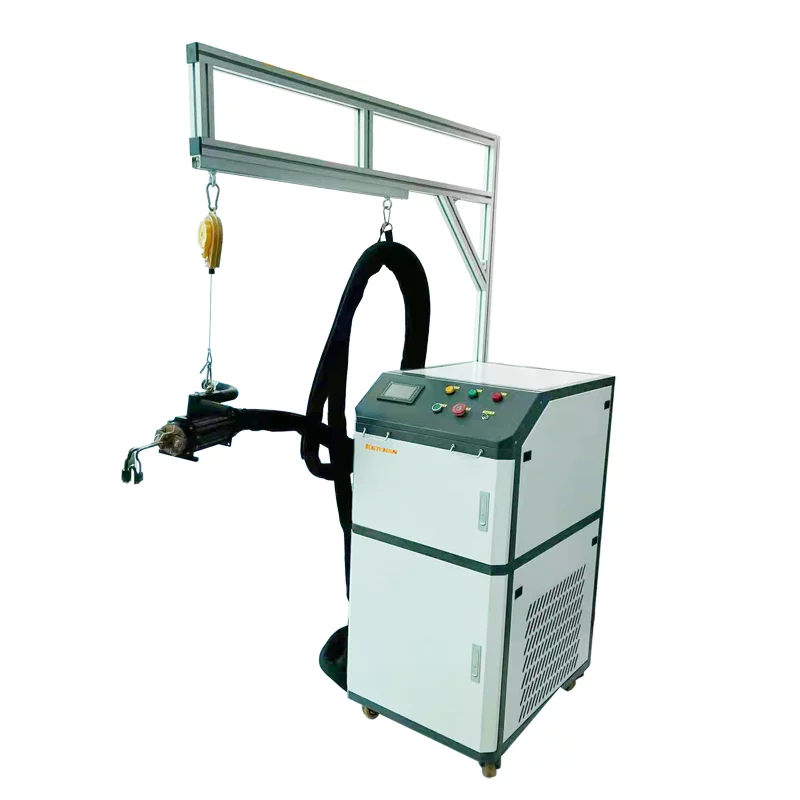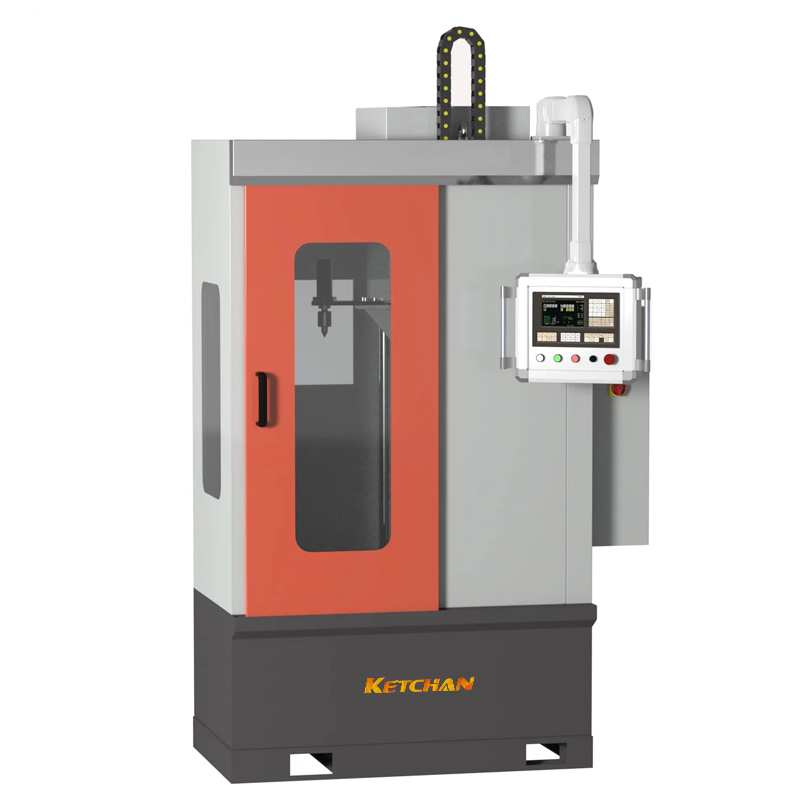1. Hardening crack
Hardening crack is the most common defect of high frequency induction hardening. There are many causes, such as overheat, too fast cooling speed, and improper microstructure before high frequency induction quenching. In addition, the carbon content of steel also has a great influence. For example, when the carbon content is about 0.30%, quenching cracks rarely occur, but when the carbon content is about 0.50%, quenching cracks are very easy to occur. In addition, the grain size and carbide morphology of the steel should also be noted.
2. Insufficient thickness of soft spot and hardened layer
It is generally believed that the insufficient thickness of the soft spot and hardening layer is caused by quenching temperature, heating time, and cooling method. In addition, current frequency and sensor shape should also be paid attention to. The hardness and thickness of the hardening layer are also affected by the presence or absence of net carbide and spheroidized size in the steel before high frequency quenching. In order to prevent the occurrence of such defects, the steel used should be normalized and tempered as required. In addition, it is also important to select the appropriate current frequency (if adjustable) according to the required thickness of the hardened layer.
3. Burns
Overheating caused by the shape of the workpiece, the shape of the sensor, and the high and low frequency of the current can cause the workpiece to burn. To prevent burns, pay attention to the keyway, the edge of the round hole, and the gap between the sensor and the workpiece.
4. Grinding cracks
For high frequency quenching or ordinary quenching workpiece, when it is under quenching and low temperature tempering state during grinding, due to certain grinding heat generated in the local area first and the second phase of the tempering contraction, the results make it around the metal by certain tensile stress and forming a soft point, because the present heat tint in soft point position, so also called the phenomenon of grinding burn. In addition, in the grinding process due to the transformation of residual austenite to martensite or due to excessive grinding heat caused by the workpiece surface local secondary quenching, sometimes also cause grinding cracks.
There are two kinds of grinding cracks: one is that grinding heat makes the workpiece temperature rise to about 180℃ (corresponding to the first stage of tempering), and the crack is perpendicular to the direction of grinding feed and shows a parallel line, which is called the first type of grinding crack; Another type of grinding heat makes the workpiece temperature rise to about 250 ~ 300℃ (corresponding to the second stage of tempering), the cracks show a network, this kind of crack is called the second type of grinding crack.
Grinding heat is generated under the condition of contact and extrusion friction between the grinding wheel and steel. Therefore, the type and size of the grinding wheel and the type of steel all have an influence on grinding heat. The higher the hardness of the steel, the more hard carbide or the lower the thermal conductivity, the easier to produce more grinding heat and make the workpiece temperature rise. Alloy steel with high carbon content and chromium and molybdenum also tends to produce a large amount of grinding heat, which increases the workpiece temperature.





